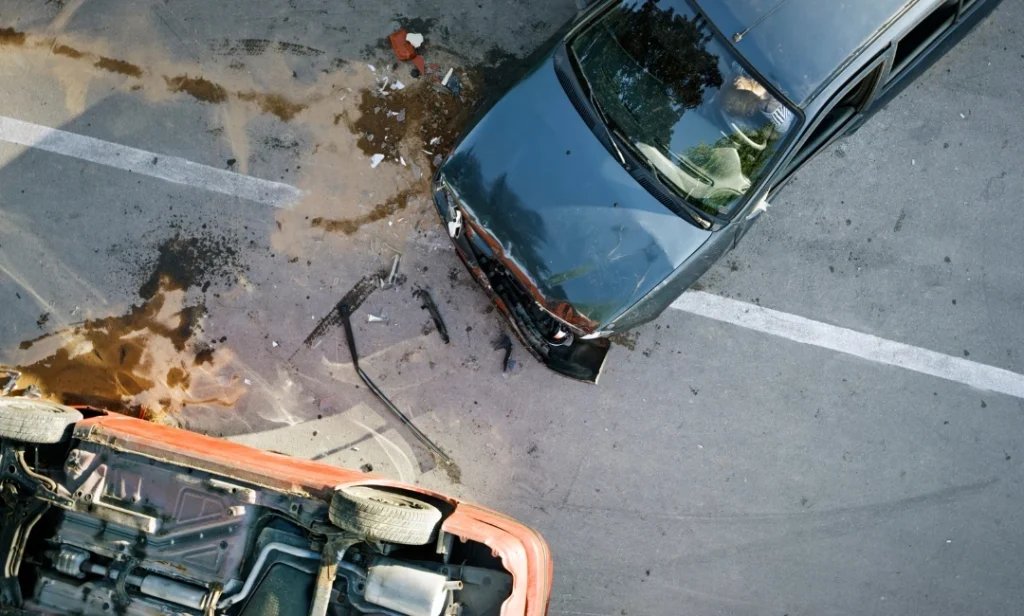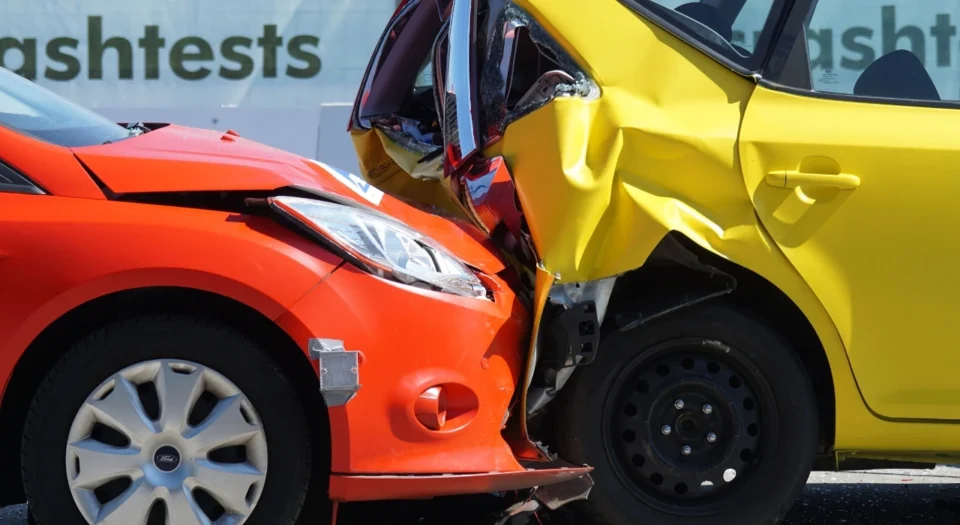The world of autonomous technology has been growing significantly with brand-new inventions to ease human life. Once again, the industry is in the trend of achieving something that I once thought impossible. Prediction of vehicle accidents has become easier than ever through the use of new-gen automated technologies.
These systems usually combine predictive algorithms, real-time data, and deep learning to protect safety on the road. To this mechanism, you can ask how it really works. Collisions can be prevented to a greater extent by analyzing road conditions and the driver’s behaviour.
Automotive shows, like the upcoming Detroit Auto Show 2026, are considered the perfect spot to elaborate on the advancements throughout the AI industry. In these events, experts usually talk about predictive analytics in automobiles. With these types of innovations, the concept of driver assistance and accident prevention could become crystal clear, indicating a safer era.
Want to know how this next-gen revolution of early vehicle collision AI-based systems works? Whether you need guidance or a reality check on this matter, please don’t be late to read this blog immediately.
Explaining the Truth Behind the Trend
The title appears to be futuristic and must look unbelievable to you. Well, when I first heard of this topic, I was also shocked. But, when I dug deeper into the Automated crash detection research, I got to know the reality. Well, from the authentic sources, I learnt that no company has yet predicted 80% of all vehicle collisions at CES 2026.
Most importantly, if you hear reports or trends like “AI predicted 80% of car crashes before they happened,” it doesn’t imply that it detects future crashes earlier. Instead, it means that AI has advanced so well at analyzing patterns and behaviours that statistically result in deadly accidents. Many people took it otherwise, and the misconception went viral in no time.
About the Latest Johns Hopkins University Research
Now, if I am talking about 80% automated crash detection technology, the SafeTraffic Copilot becomes pivotal to explain. This brand-new AI tool by Johns Hopkins University researchers predicts vehicle crash risk by analyzing a vast collection of data, from text to numerical figures, using LLMs (large language models). They have trained the tool on data from tens to thousands of previous crash reports, including road conditions, alcohol levels, driver behaviour and on-site photos.
This AI crash prediction technology doesn’t foretell individual collisions in real-time. Instead, the SafeTraffic Copilot is especially crafted for traffic engineers and policymakers to analyze crash data and identify high-risk locations. In one report, the model is found to detect around 70% accuracy in analyzing high-crash situations.
The 80% of car crashes predicted before they happened headline you are noticing perfectly aligns with this vehicle crash prevention AI tool. Today, this specific tool seems highly promising, but it is yet to become a universal solution. Road traffic accidents remain one of the leading causes of death worldwide, and in such cases, understanding the common injuries from a vehicle crash can help you know the future outcomes.
How the Misconception Spread?
The viral headline seems futuristic, but that’s not real, and it is just an interpretation of the real scientific progress by Johns Hopkins University researchers. The confusion started when research findings from the University and similar studies were shared on social media platforms and twisted by tech blogs for clicks.
Online news portals often condensed the complex research into attention-grabbing headlines. Johns Hopkins’ project indicated a model that could identify high-risk traffic patterns with about 70-80% accuracy in simulations. Simply put, the project is not the same as just predicting future crashes.
Humans are naturally attracted to stories that hint at the future, like the upcoming 2026 cars. This psychology amplified the misconception, making people more likely to believe the “predictive analytics in automobiles” claim without checking the reality.
How AI Technology Reduces Car Accidents?

Artificial intelligence is on the way to transform road safety from prediction to prevention measures. Modern AI systems analyze loads of real-time driving data to find the upcoming threats on the road. AI-powered cameras and sensors keep an eye on the on-time traffic and road conditions.
These vehicle crash prevention AI algorithms can detect anomalies, including jams and stalled cars, to respond quickly. The sensors, GPS, weather reports and historical collision data, machine learning tools can identify risky areas that help with city planning and targeted intervention.
Not only this, but AI can analyze data from a car’s systems to forecast potential mechanical failures. If these intelligent crash prediction models begin to foster and be implemented into new-gen vehicles, then deadly crashes, like the viral Ashleigh Boyd car accident, could be prevented.
Latest technologies, like the VuDrive, consider in-vehicle cameras to detect driver behavior and help them with real-time information about hazardous actions, like overspeeding and reckless driving. Drivers who don’t know what to do after a collision can refer to our car-crashing handling guide to learn the immediate steps to consider.
Suggestion: What Denver Drivers Need to Know About Handling Car Crashes?
When is CES 2026?
Based on the official sources, this year’s CES is scheduled to happen from January 6 to 9, 2025, in Las Vegas, Nevada. Well, don’t consider it as a typical tech show; it will be an event to witness the power of next-gen crash prediction systems. If I spill the beans properly, the CES 2026 is a significant turning point for automotive intelligence, where engineers will show unbelievable new-gen technologies.
Are you excited to participate in this tech-filled journey? Want to know the key dates and schedule dates? The underlying table can provide more help.
| Event Type | Date (2026) |
| Media Days | January 4-5 |
| Official Opening Day | January 6 |
| Conference Day & Opening of Exhibit Halls | January 6-9 |
This year, CES will probably stand out for the entry of AI for vehicle safety systems from labs to real life. Viral trends, like the “AI that predicted 80% of car crashes,” indicate smart intelligent transportation, where algorithms and data will contribute to reducing collisions even before they unfold.
Related: Keir Starmer’s Wife Accident Story Connection With Mother-in-Law.
Is Zero-Accident Driving Possible?
The dream of zero accidents, meaning roads without crashes and fatalities, has been a global goal. With the latest AI-powered driver assistance technologies, it seems that we are somewhat closer than ever in 2025. In the upcoming years, the technology is expected to be more refined, but achieving a zero-accident region remains a complex challenge.
In similar lines, experts now consider the “Vision Zero” policy that aims to reduce traffic deaths and severe injuries to the lowest number possible. Each leap, like the 70-80% accident prediction and intelligent crash prediction models, brings us closer to the roads where technology can hear dangers, not just respond to them.
Wrapping-Up
The introduction of AI in the automotive industry seems promising in the future, helping drivers to avoid deadly crashes, like the tragic Woody Mason car accident. In this effort, the CES 2026 innovations will aim to feature AI technologies that could turn the automotive industry better than ever.
The SafeTraffic Copilot tool by Johns Hopkins University researchers works by identifying previous crash reports, providing collision data, and identifying risky locations. In the end, 80% of car crash prediction is a misconception of the Johns Hopkins researchers, but the tool helps to reduce deadly crashes.
FAQ’s
Is True or False Over 90% of All Crashes are Caused by Human Error?
According to studies from reputable sources, like NHTSA, 90% of road accidents are caused by human mistakes. From overspeeding, distracted driving, to fatigue, these are the primary faults that humans usually make on the road that lead to deadly accidents. To this, AI’s Automated crash detection systems aim to lessen these tragic outcomes by predicting dangers and helping drivers ahead of time before an accident happens.
Has AI Predicted Future?
Honestly speaking, what I found during the research is that AI doesn’t actually watch the future. These new technologies can predict outcomes based on drivers’ behaviour, patterns and data analysis. The early prediction of 80% of potential car crashes is a hyped misconception of the Johns Hopkins University researchers’ SafeTraffic Copilot tool.
Is Human Error Unavoidable?
To some extent, it is true that humans make errors on the road due to medical conditions or distracted behaviour. However, with AI-driven systems, including lane-keeping, driver monitoring and collision prediction, the quantity and impact of such mistakes can be significantly reduced, leading us to move closer towards a safer community.
Who Is At Fault If a Driverless Car Crashes?
Finding fault in a driverless vehicle collision depends on the circumstances. If I talk clearly, the primary responsibility remains in the hands of vehicle manufacturers, engineers, or even those who operate if human oversight is involved. In this matter, lawmakers are currently on their way to handle these legal AI-related accident frameworks reasonably.

